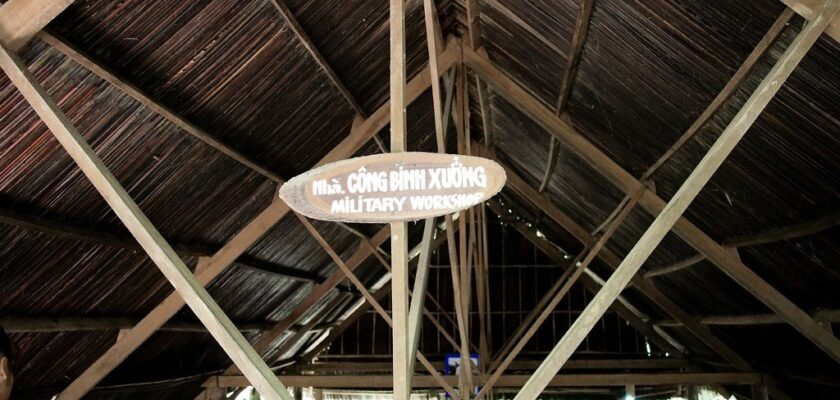Củ Chi tunnels
The Cúchi Tunnels are a relatively modern man-made structure, but they are world famous. The tunnels are an outstanding symbol of the Vietnamese people’s perseverance and determination in their quest to free themselves from Western colonizers. This most interesting monument to Vietnam’s modern history is also located about halfway between Tay Ninh and Ho Chi Minh City in Cu Chi.
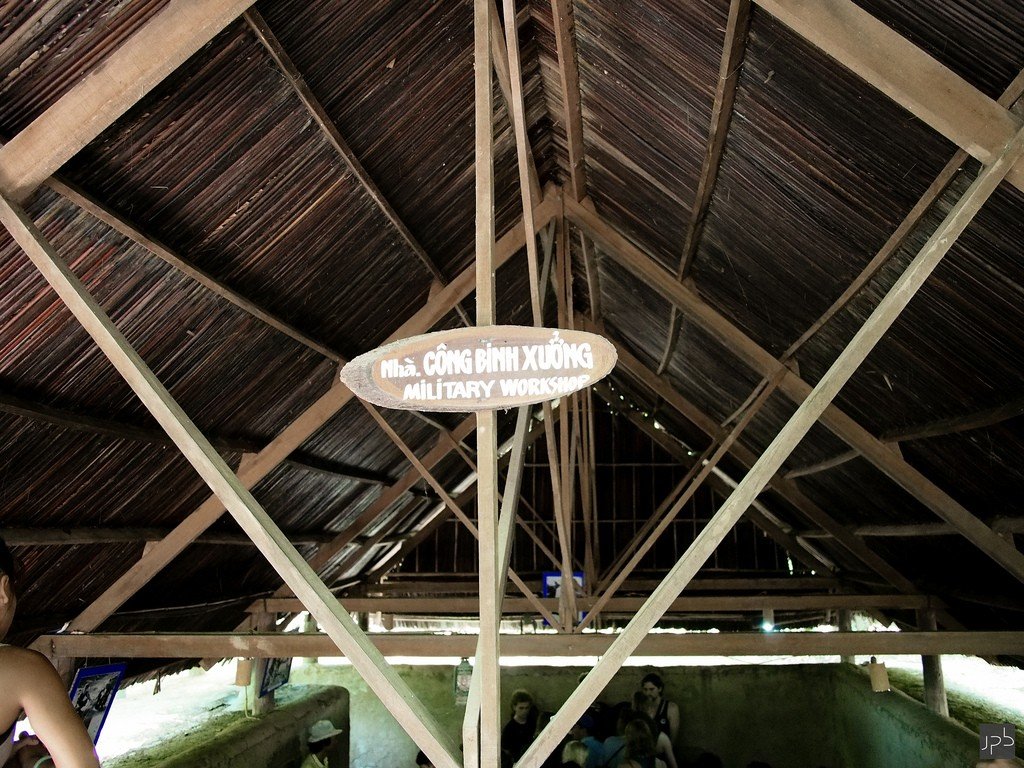
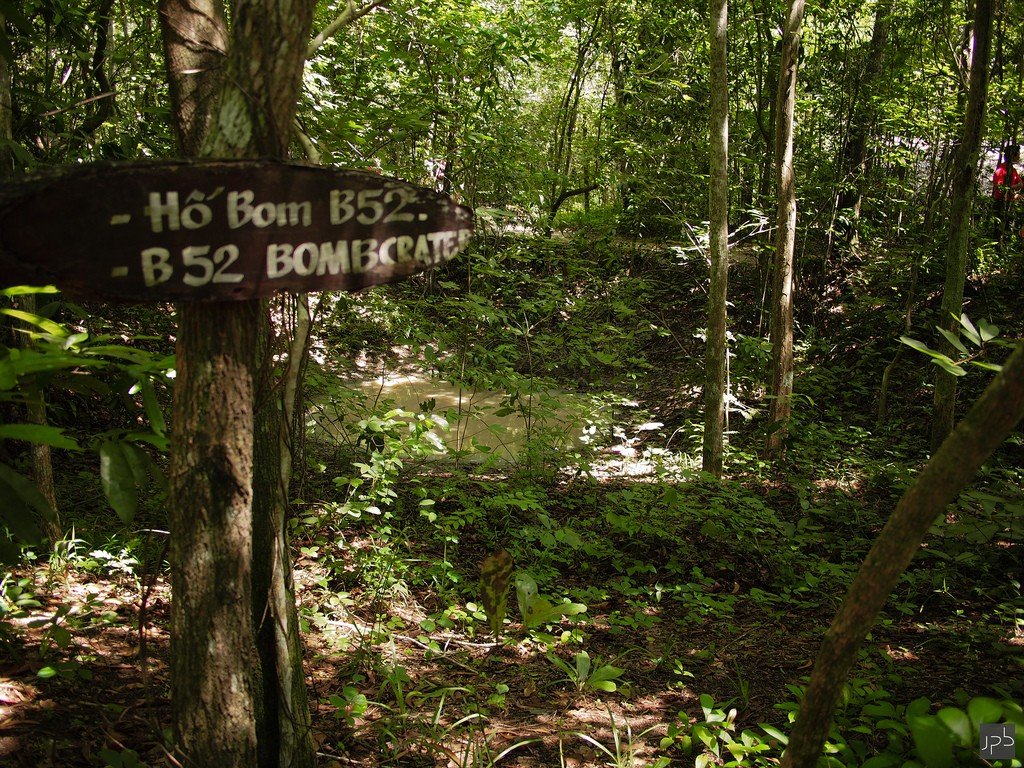
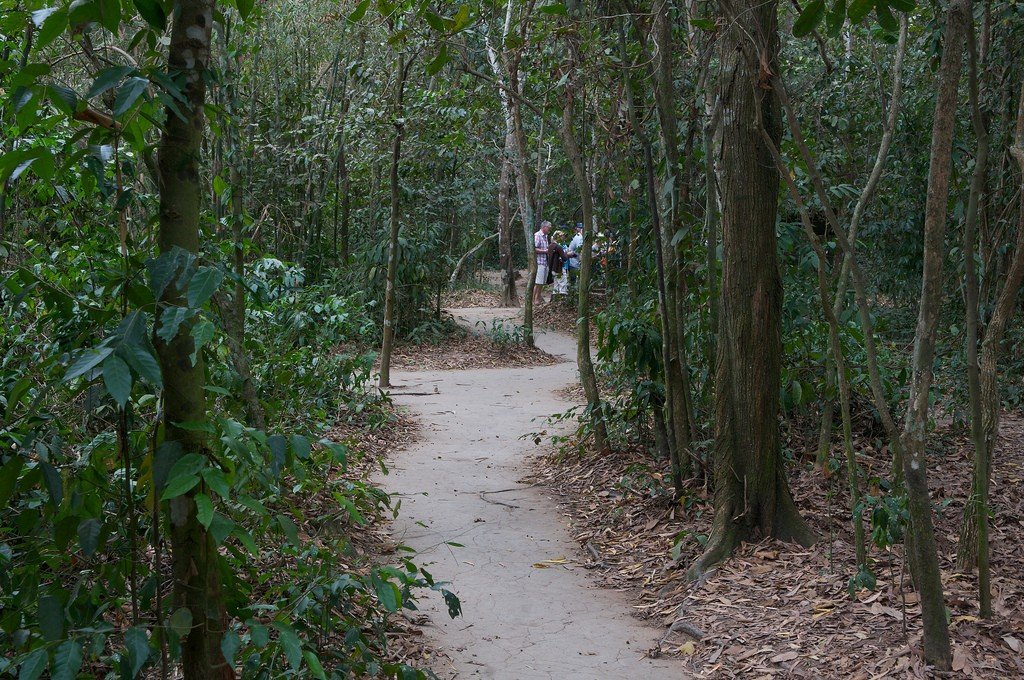
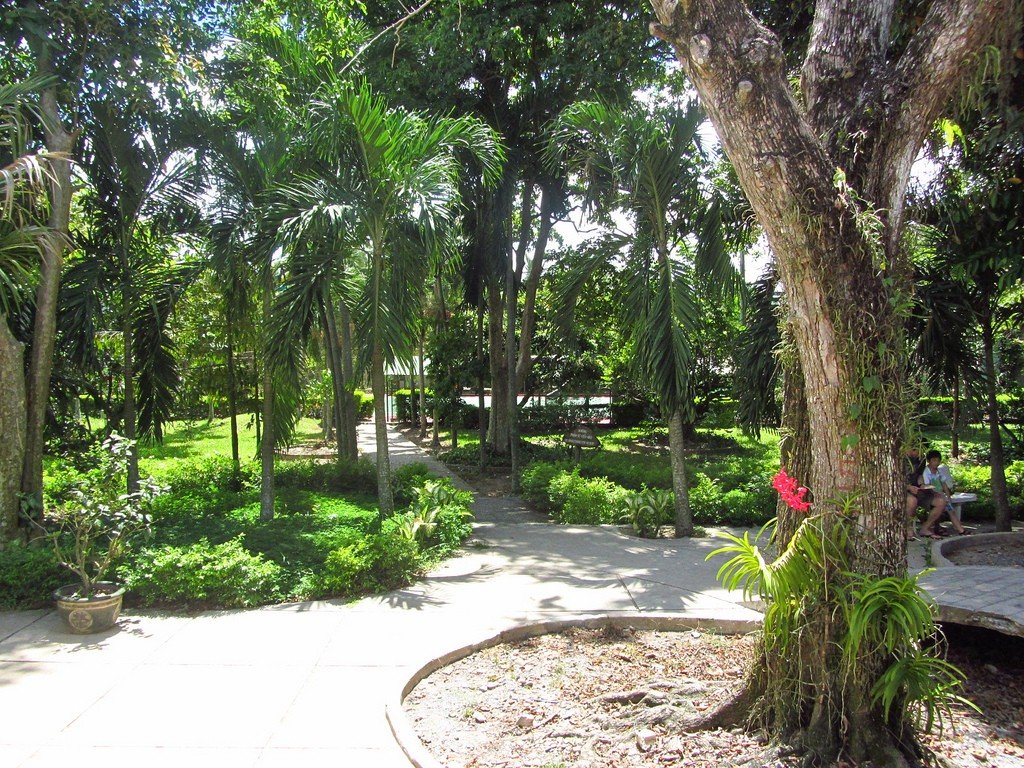
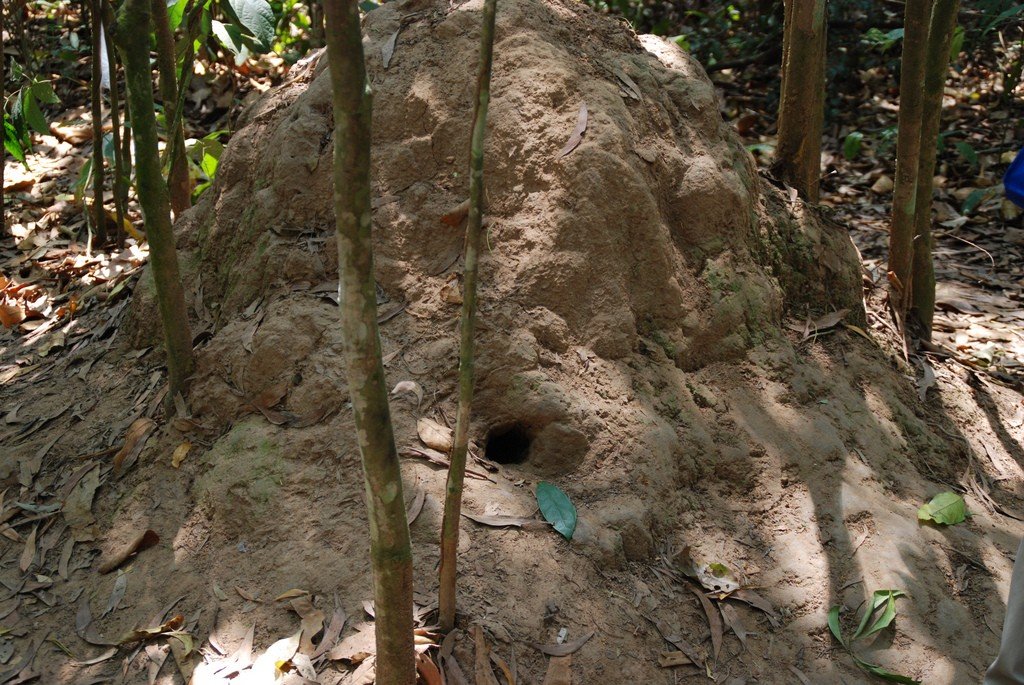
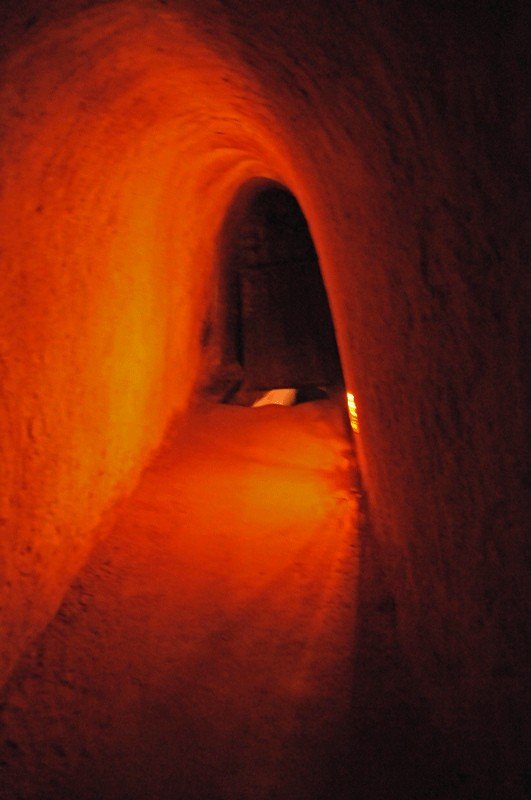
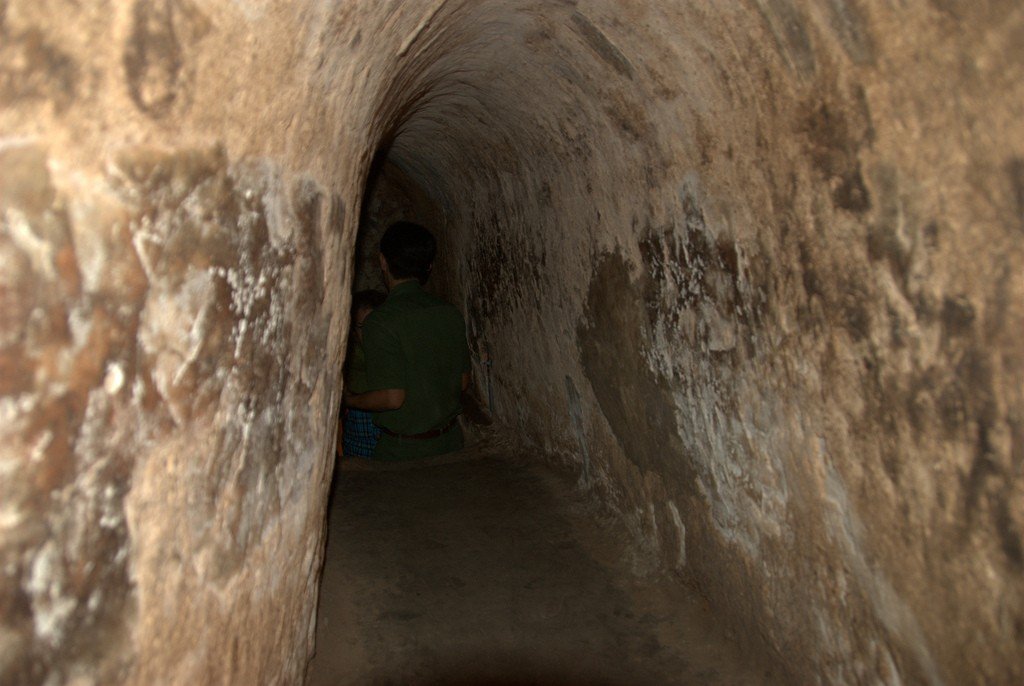
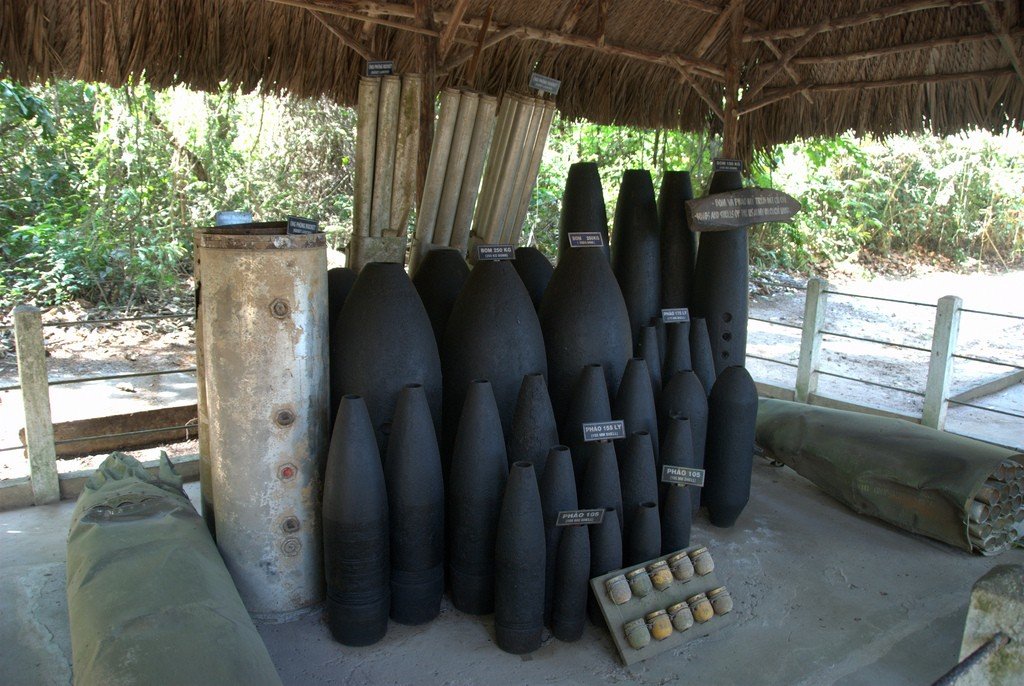
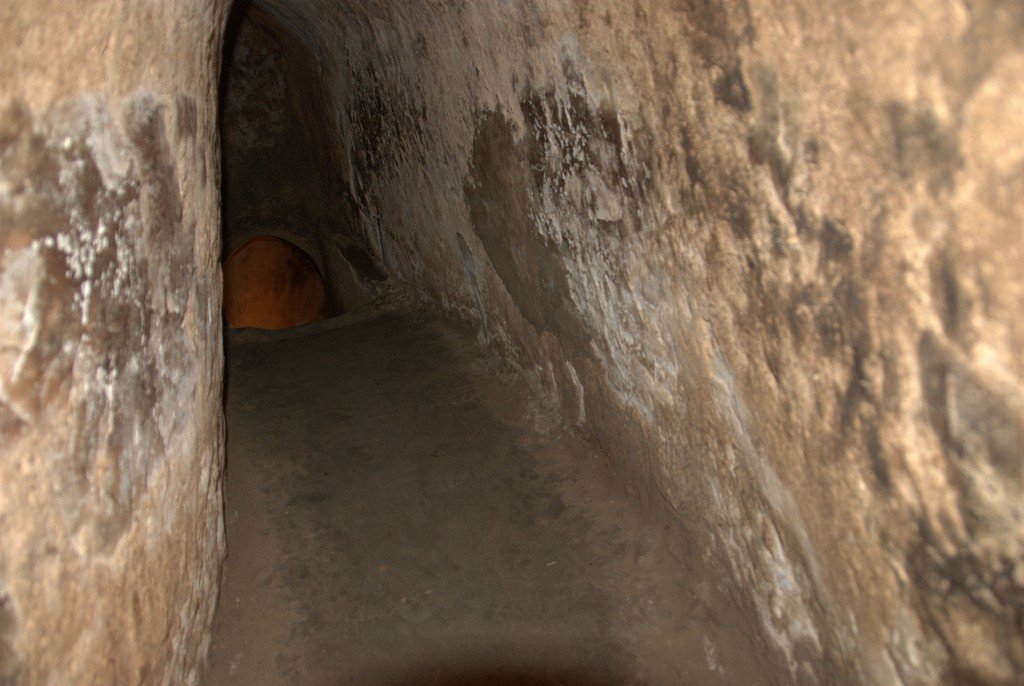
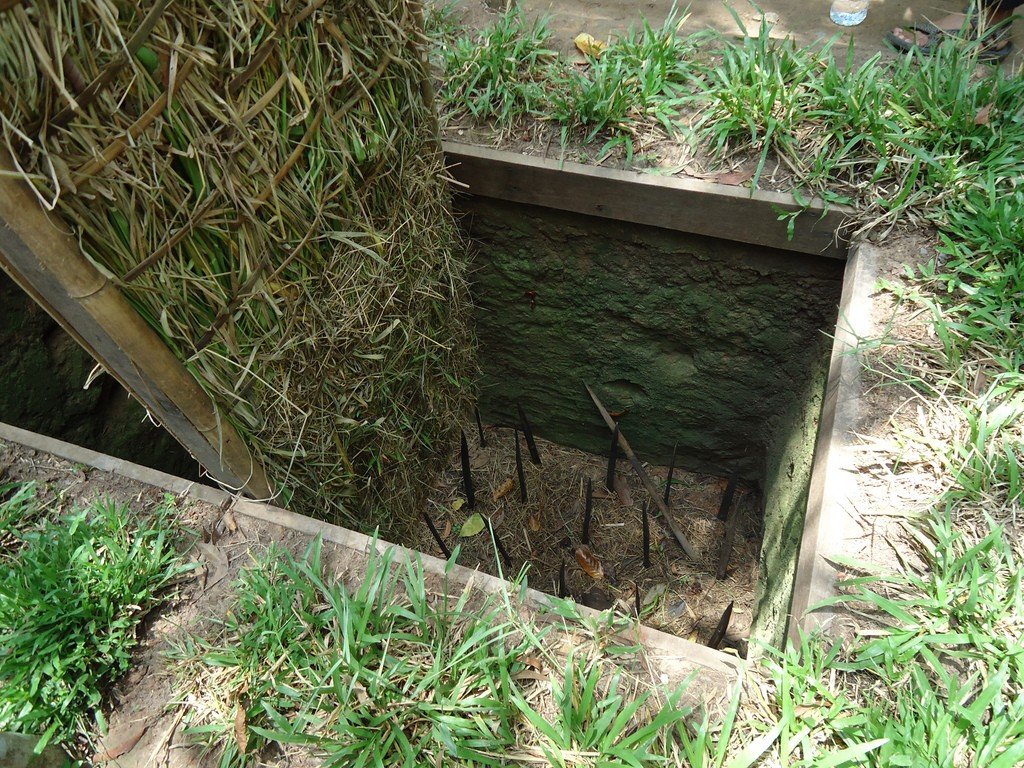
General information
The tunnels were first talked about in the late 1940s when the Viet Minh (Viet Minh Independence League) was trying to expel the French from the country. The Cu Chi tunnels were excavated on four levels. This work was unbearably hard. It was necessary not only to control poisonous snakes, scorpions and insects, but also to constantly reinforce the tunnels so that they would not collapse. In the beginning, the tunnels served only as hiding places for weapons and ammunition, but soon became the hiding place of Viet Minh fighters. Patriot groups regularly struck from here against the rear of Saigon’s troops and invaders. To escape the devastating American bombing raids, the guerrillas dug a network of underground shelters in the jungle, connected by tunnels. These structures, created with their bare hands, according to some reports, stretched for almost 200 kilometers. One of the tunnels even passed under a US military base. The tunnels allowed many groups of Viet Cong fighters to communicate and even penetrate into Saigon. For several years, neither special forces, nor napalm, nor heavy bombs could do anything about the stubborn “children of the underground”. The loopholes leading into the depths were no bigger than the size of a stovepipe and were easily camouflaged. Kuchi’s underground galleries were also small – 80 centimeters wide and 120 centimeters high. It was the kind of tunnel that best withstood ground shaking during bombardments. Partisans actually lived underground – they cooked food, repaired weapons, sewed clothes and treated the wounded, there were schools in the tunnels, even working theaters and a small movie theater. Chimneys from the kitchens stretched parallel to the surface of the ground for several meters. As a result, the smoke had time to cool down and lay on the ground, indistinguishable from fog…. Special tunnels led to streams and supplied the “children of the underground” with water. The meager diet of the guerrillas was made up of fruits of plants requiring little care and growing everywhere – tapioca, peanuts, etc.
.
Overgrown shrubbery craters from 110-kilogram bombs are still abundant in the surrounding jungle. Some of the bombs and shells did not explode. The guerrillas disarmed them and used the explosives to make homemade grenades and mines. The lack of weapons forced the Viet Cong to be sophisticated in the invention of various kinds of traps. A gallery of such devices is one of the most impressive attractions of the Cu Chi Tunnel Museum. The infernal devices are set against a backdrop of paintings depicting GIs with signs of Down’s disease falling into staked wolf pits…
.More than 12,000 people died here during the Vietnam War, but the Tet Offensive, plans for which were discussed in these tunnels, may have made the Americans realize that this was a war they would never win.
.Now in Kuchi you can see the military inventions of the guerrillas, shoot combat weapons in the shooting gallery, and most importantly, go down into one of the underground galleries. Here you can fully understand the hardships and deprivations that the patriots of Vietnam had to endure for the sake of victory. The shooting range features a variety of small arms, from pistols to machine guns. Shooting is quite expensive: at VND20,000 per shot, the owners do not sell less than 10 rounds of ammunition. At the same time, all the weapons on the firing line are fixed to the barrier, designed for the height of an average Vietnamese. The galleries open for visiting stretch for about 100 meters. Under the ground reigns pitch darkness and unbearable stuffiness. You can only crawl forward. On the way to the finish line there are two “emergency exits” for those who can’t bear to stay at depth. Not far from the exit very thoughtfully arranged washbasin, and even further tourists are offered to taste the daily dish of Vietnamese guerrillas – boiled tapioca with a seasoning of ground peanuts.
.
A one-day group tour (8.30-18.00) to visit the Caodai shrine and Cu Chi guerrilla tunnels can be purchased at any Ho Chi Minh City travel agency for 5 USD. In Tay Ninh, the group is picked up for lunch, which costs an additional 40-50 thousand VND.
.